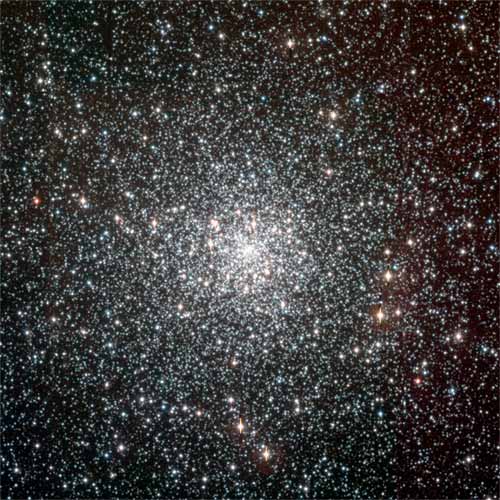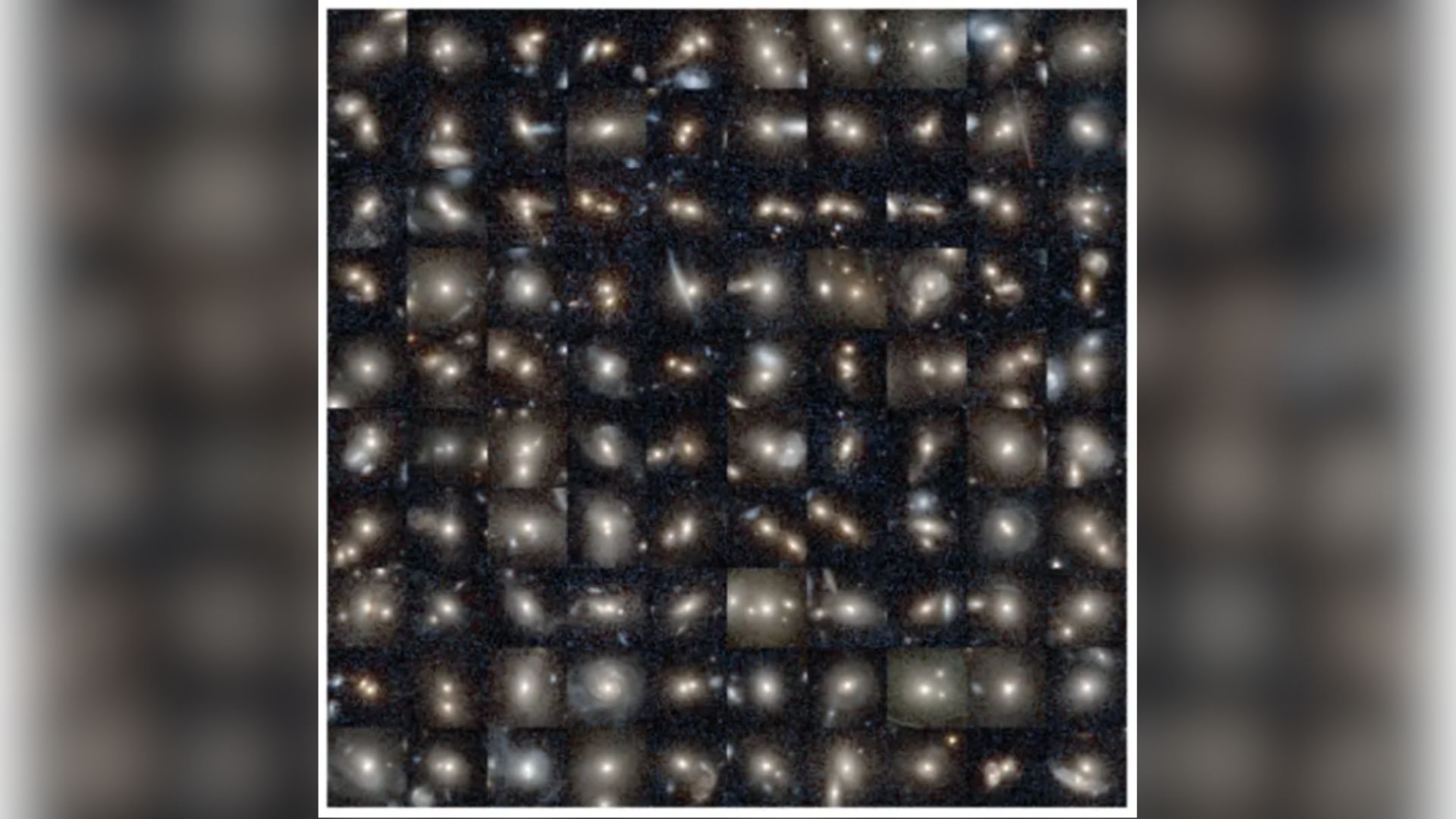
A processsimilar to a conveyor belt transports heavy elements from the surface of starsinto their interiors where they are destroyed, new observations suggest.
Thefindings, detailed in the Aug. 9 issue of the journal Nature, support theidea that the abundance of heavy elements in stars decreases with time and could helpsolve the cosmological lithium problem, a riddle that has been puzzlingastronomers for years.
Lithiumis one of the few elements thought to have been produced during the Big Bang,but when astronomers compare the amounts of lithium contained within theatmospheres of the very old stars in our MilkyWay galaxy, they find their predictions are higher by a factor of 2 to 3.
Researcherstrying to resolve this problem used the European Southern Observatory's VeryLarge Telescope in Chile to study a globular cluster containing half amillion ancient stars called NGC6397, located 7,200 light-years from Earth. The stars varied in age andwere at different stages in their evolution.
Theresearchers found that as the stars age, the proportion of lithium in theiratmospheres first slightly increases and then drops off sharply. The process isthought to take billions of years.
Goodagreement
Theresearchers extrapolated backwards in time to determine what the stars'original lithium content was and found that the value was in good agreementwith that predicted by Big Bang theory.
Breaking space news, the latest updates on rocket launches, skywatching events and more!
"Thecosmological lithium discrepancy is thus largely removed," said study teammember Andreas Korn of the Uppsala AstronomicalObservatory in Sweden.
Scientiststhink that that stellarrotation and internal gravitywaves are among the physical mechanisms contributing to lithiumdestruction, but more studies are needed to confirm this.
"Theball is now in the camp of theoreticians," Kornsaid.
- Astronomers Study Interstellar Lithium to Discover Origin of Light Elements
- Evidence of 'Big Bang' Gas Found at Galactic Center
- Gravitational Waves: Einstein's Elusive Children
- Rapid Rotation Distorts Bright Star Vega
Ker Than is a science writer and children's book author who joined Space.com as a Staff Writer from 2005 to 2007. Ker covered astronomy and human spaceflight while at Space.com, including space shuttle launches, and has authored three science books for kids about earthquakes, stars and black holes. Ker's work has also appeared in National Geographic, Nature News, New Scientist and Sky & Telescope, among others. He earned a bachelor's degree in biology from UC Irvine and a master's degree in science journalism from New York University. Ker is currently the Director of Science Communications at Stanford University.
